Falkenhagen Bunker is a German military bunker that has been abandoned.
#1

An abandoned military-industrial complex from World War II is well disguised in the woodlands in Falkenhagen, Brandenburg, Germany. The Falkenhagen bunker was once a top-secret facility, but it is now well-known, and picture tours of the abandoned site are common.
The goal of this military plant was to manufacture chlorine trifluoride, a chemical known as “N- stoff.”N-stoff was discovered soon before World War II and was researched for military use.
#2
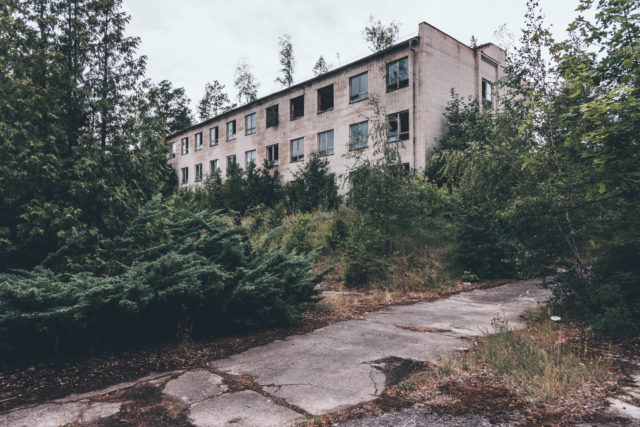
N-stoff was discovered to be a highly efficient weapon that combined incendiary and toxic properties. As a result, the Falkenhagen factory to generate N-staff commenced building in1938. It was finished in 1939 as part of a countrywide effort to construct munitions facilities.
The plant itself had four levels and was primarily built below. This wasn’t merely for defensive purposes; the N-staff was very volatile and required to be kept at a low temperature. The bunker was 14,000 square meters (16,743 square yards) in size and had around 400 chambers. In addition, there existed an underground railway.
#3
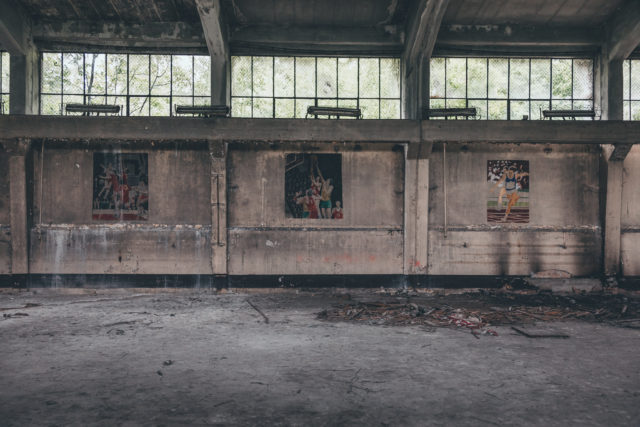
There were also a few above-ground structures, such as a water tower. For obvious reasons, parts of the plant, such as air ventilation shafts, exhaust pipes, and emergency exits, were also visible on the surface. During construction, the adjacent Falkenhagen castle was razed.
The plant’s goal was to create 50 tons of N-stoff and the chemical Sarin each month. The factory, however, was unable to reach this target. It had barely produced 30-50 tons at the end of WWII, and the Sarin manufacturing sites had yet to be constructed. Furthermore, N-stoff was never employed during the war, rendering the entire Falkenhagen manufacturing process a complete waste of money.
#4
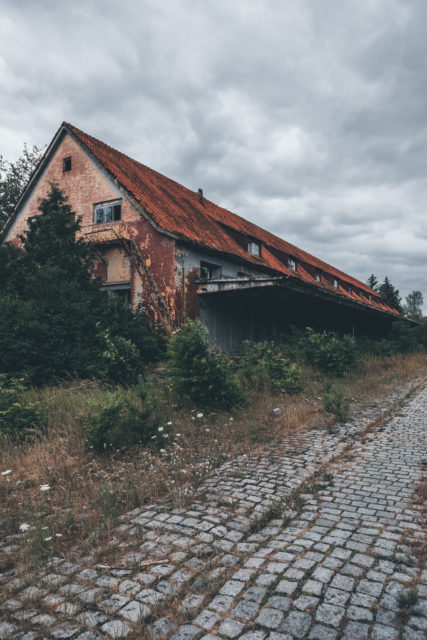
The Falkenhagen complex was taken by the Red Army when the war ended in 1945. The German facility was taken over by the Soviet army, who began using it for different types of research. Unfortunately, little information exists concerning the type of study that the Soviets conducted within the walls of this German structure.
The Falkenhagen buildings were converted into a Warsaw Pact command and control center in1965. The complex underwent reconstruction, which resulted in the enlargement as well as the upgrading of the bunkers. There was also modern communication technology implemented.
#5
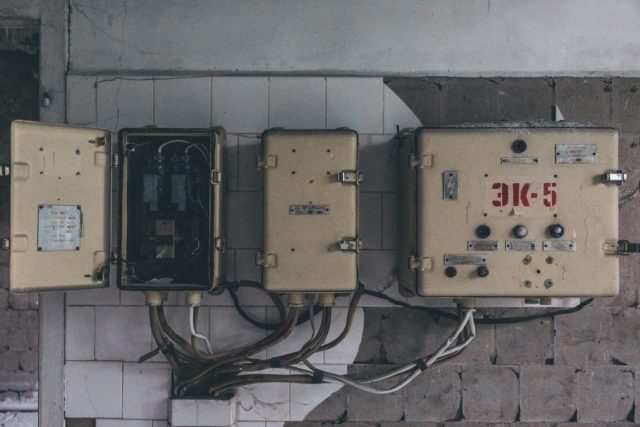
The main bunker was converted into a state-of-the-art nuclear and chemical warfare-proof command center, and the location became the major Warsaw Pact bunker outside the Soviet Union as a consequence of all the work.
A military hamlet developed up around the Falkenhagen bunker as a result of its strategic importance. There were medical facilities, stores, a school, and a theater on-site, in addition to housing for individuals who worked at the bunker.
#6
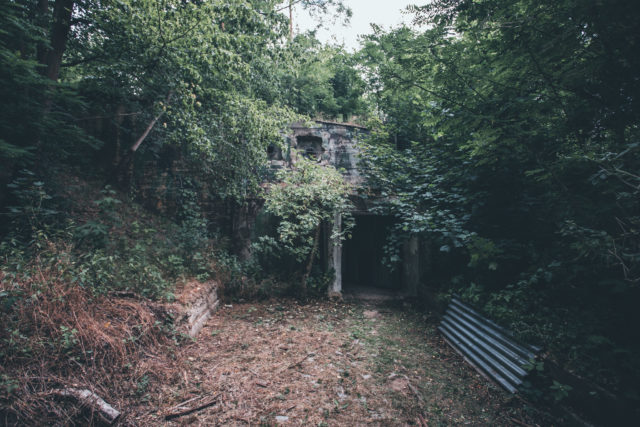
Germany was reunited in the 1990s, and by 1994, all Soviet bases on German soil had to be handed over to German authorities. The Soviets utilized the three years before handing up the Falkenhagen complex to clear the area of any indications of prior military occupation.
Despite the fact that it appears to have been sold to a Berlin investor in 2003, the property has remained abandoned and exposed to the elements.
#7
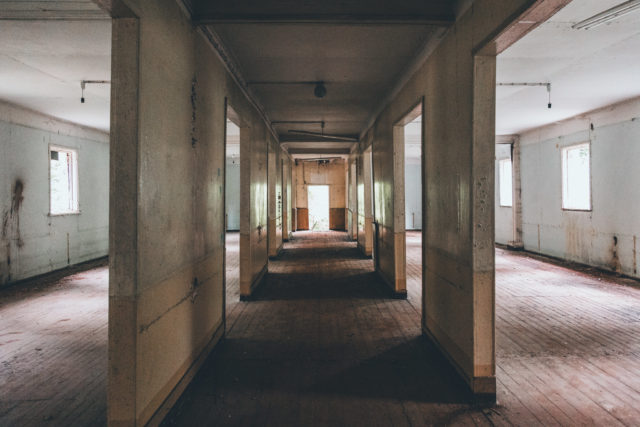
Concrete foundations, multiple garrison cottages, and the four-story main bunker make up the current complex. Tours are given throughout the old military base, including the above-ground structures as well as the subterranean bunker. When traveling through the pitch-black passageways of the abandoned subterranean bunker, one German photographer described how simple it was to become isolated from the rest of the group.
#8

Thank you to Daniel, who is one of the photographers for the Pixelgranaten.de initiative, which contains photographs made using cellphones as well as cameras. He enjoys sharing his work and is always open to comments and criticism.
Check out his website, where you may contact him and purchase for a variety of fascinating photos. Any of the pictures featured can also be purchased as a print. On Facebook and Instagram, you can keep up with this initiative.
#9
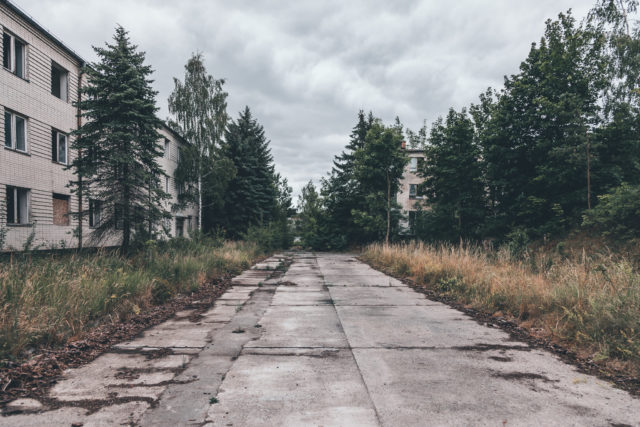
#10

#11
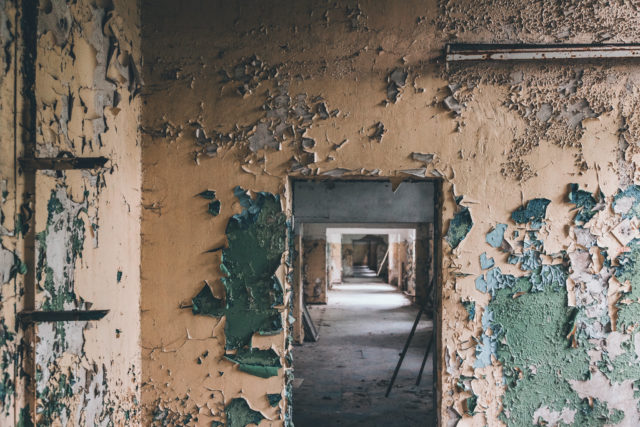
#12
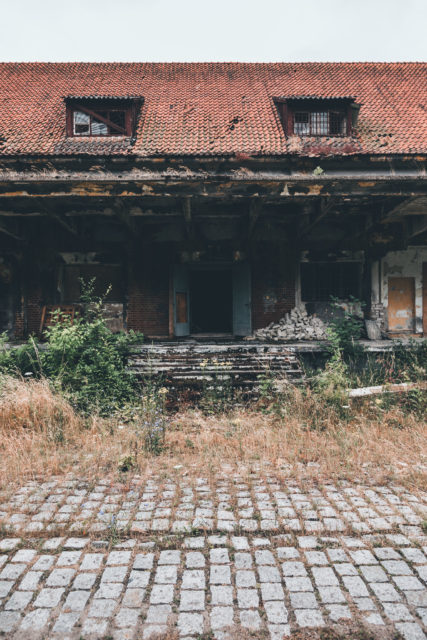
#13
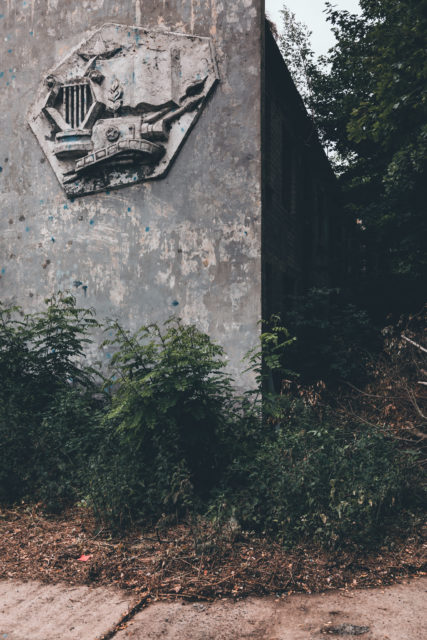
#14
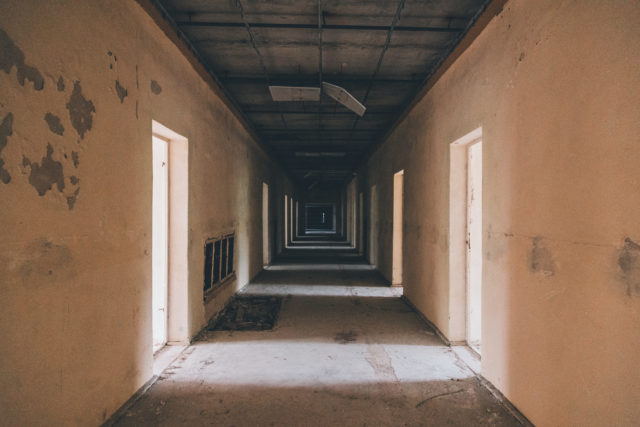
#15

#16
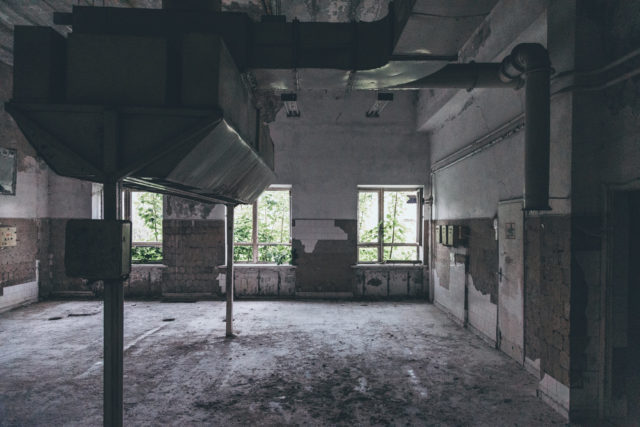
#17

#18

#19
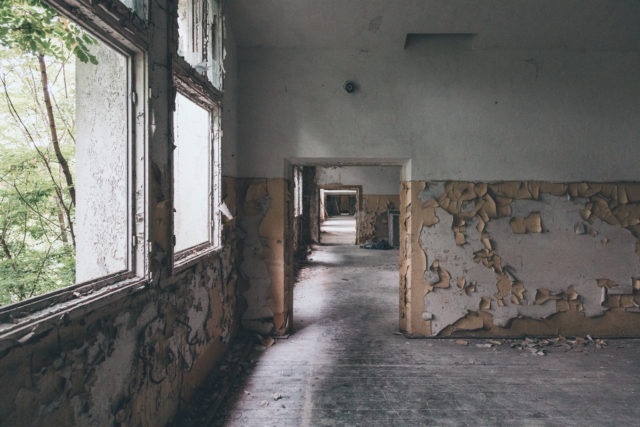
#20
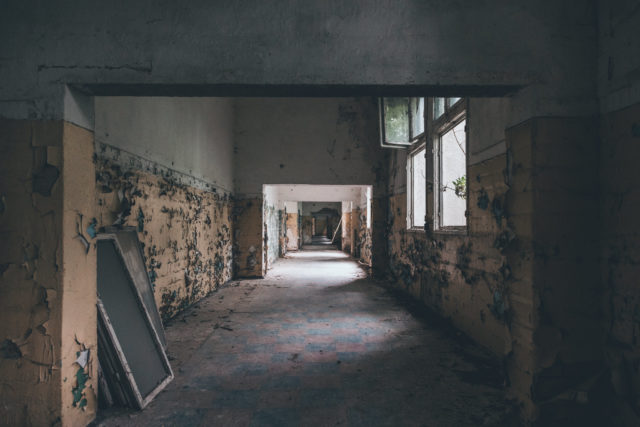
#21

#21
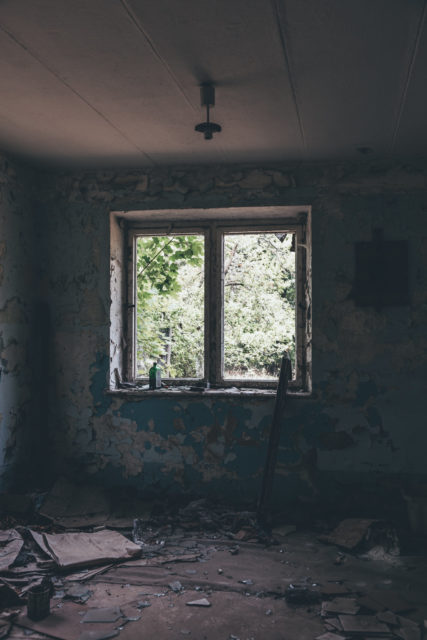
#22
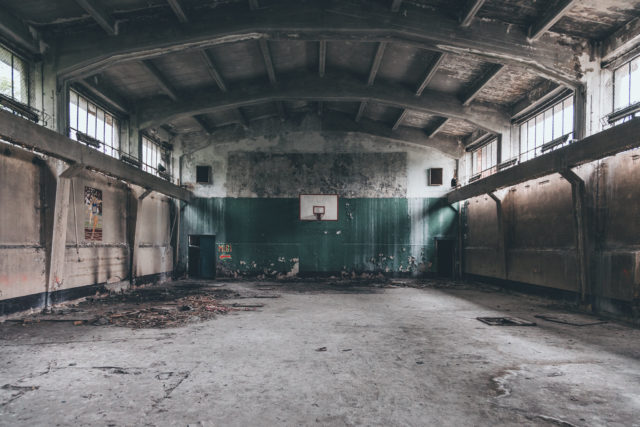
#23

#24
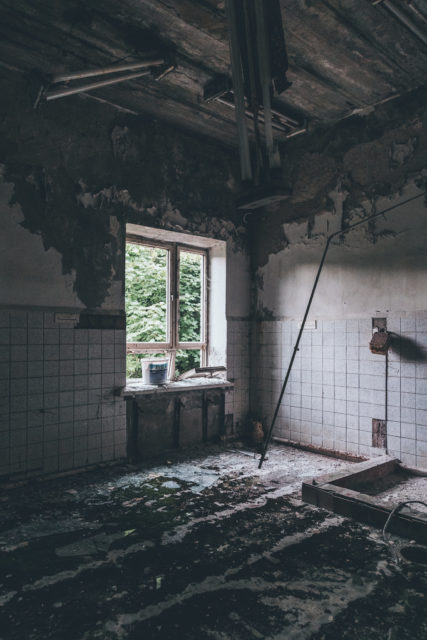
#25
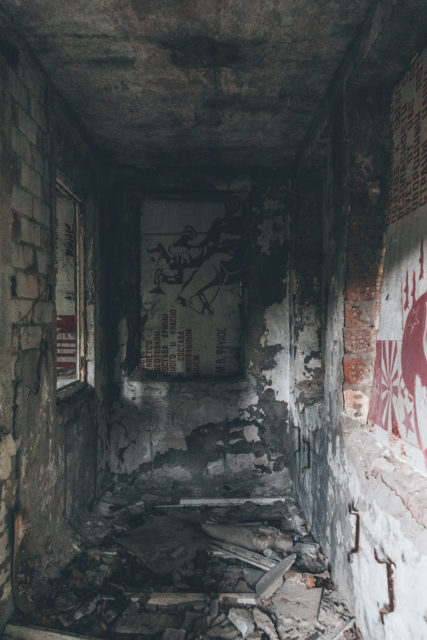
#26
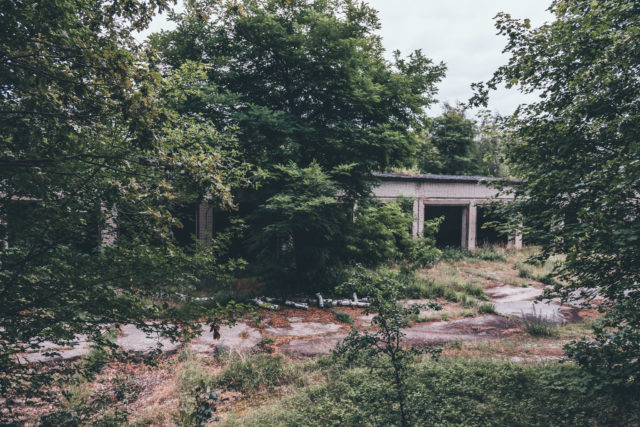
#27

#28









